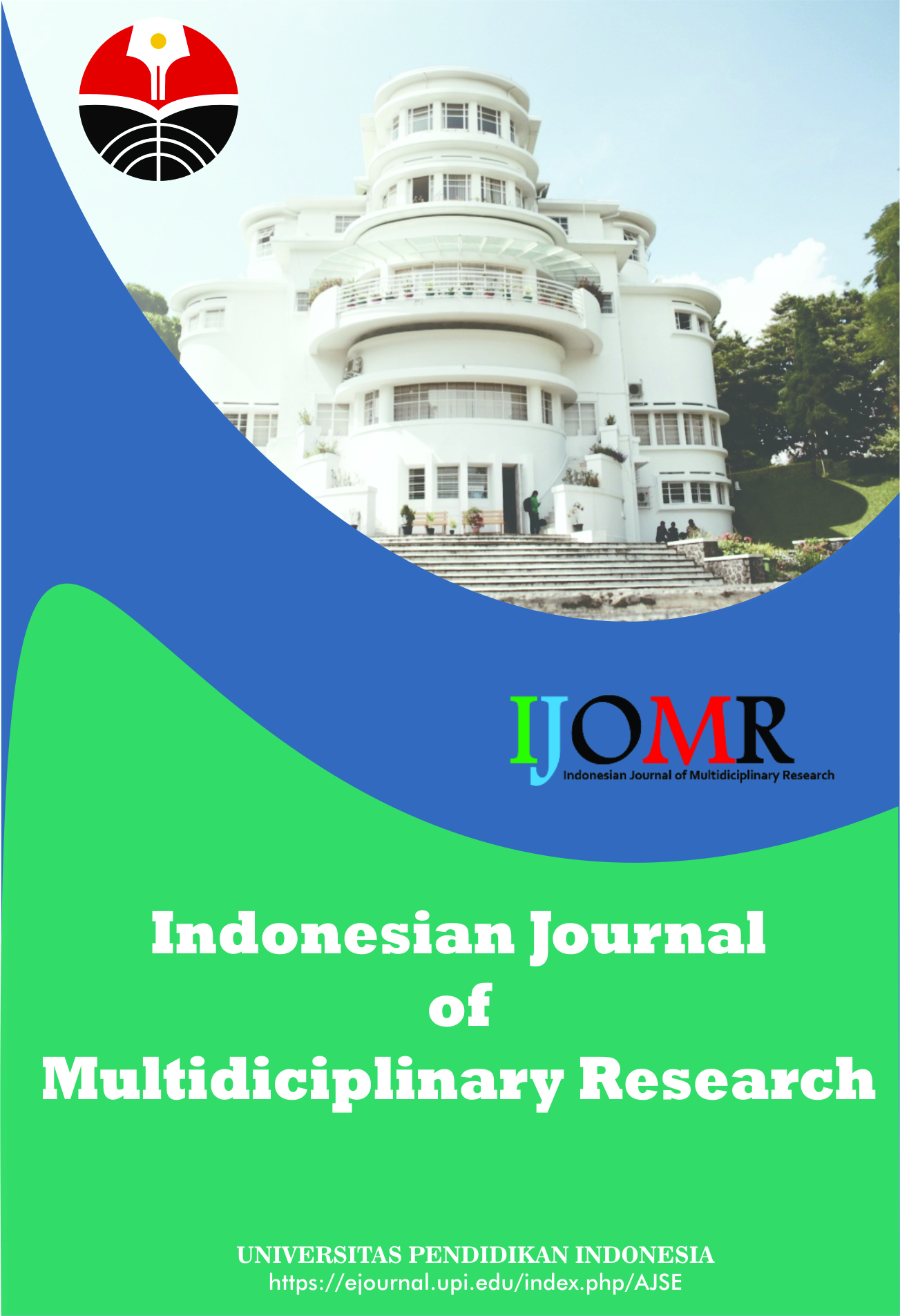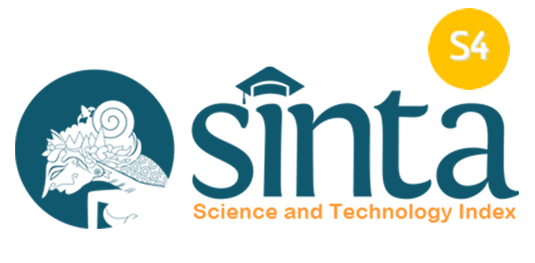Respondents’ Level of Education, Knowledge, Awareness, and Acceptability of Blue Ternate (Clitoria ternatea) as Alternative Medicine
Abstract
Keywords
Full Text:
PDFReferences
Adisakwattana, S., Ruengsamran, T., Kampa, P., and Sompong, W. (2012). In vitro inhibitory effects of plant-based foods and their combinations on intestinal α-glucosidase and pancreatic α-amylase. BMC Complementary and Alternative Medicine, 12(1), 1-8.
Gollen, B., Mehla, J., and Gupta, P. (2018). Clitoria ternatea linn: A herb with potential pharmacological activities: Future prospects as therapeutic Herbal Medicine. Journal of Pharmaceutical Reports, 3(1), 1-8.
Gupta, G. K., Chahal, J., and Bhatia, M. (2010). Clitoria ternatea (L.): Old and new aspects. Journal of Pharmacy Research, 3(11), 2610-2614.
Jamil, N., Zairi, M. N. M., Nasim, N. A. I. M., and Pa’ee, F. (2018). Influences of Environmental Conditions to Phytoconstituents in Clitoria ternatea (Butterfly Pea Flower)–A Review. Journal of Science and Technology, 10(2), 208-228.
Malik, J., Karan, M., and Vasisht, K. (2011). Nootropic, anxiolytic and CNS-depressant studies on different plant sources of shankhpushpi. Pharmaceutical Biology, 49(12), 1234-1242.
Mukherjee, P. K., Kumar, V., Kumar, N. S., and Heinrich, M. (2008). The ayurvedic medicine Clitoria ternatea—From traditional use to scientific assessment. Journal of Ethnopharmacology, 120(3), 291-301.
Oguis, G. K., Gilding, E. K., Jackson, M. A., and Craik, D. J. (2019). Butterfly pea (Clitoria ternatea), a cyclotide-bearing plant with applications in agriculture and medicine. Frontiers in Plant Science, 10(2019), 645.
Pourjabali, M., Mohammadrezaei-Khorramabadi, R., Abbaszadeh, S., Naghdi, N., Naji-Haddadi, S., and Bahmani, F. (2017). Medicinal plants used for hypertension. Journal of Pharmaceutical Sciences and Research, 9(5), 537.
Sellami, M., Slimeni, O., Pokrywka, A., Kuvačić, G., Hayes, L. D., Milic, M., and Padulo, J. (2018). Herbal medicine for sports: A review. Journal of the International Society of Sports Nutrition, 15(1), 1-14.
Verma, S., and Singh, S. P. (2008). Current and future status of herbal medicines. Veterinary World, 1(11), 347.
DOI: https://doi.org/10.17509/ijomr.v1i2.37818
Refbacks
- There are currently no refbacks.
Copyright (c) 1970 Kantor Jurnal dan Publikasi, Universitas Pendidikan Indonesia (UPI)

This work is licensed under a Creative Commons Attribution-ShareAlike 4.0 International License.
Indonesian Journal of Multidiciplinary Research (IJOMR) is published by Universitas Pendidikan Indonesia (UPI)















